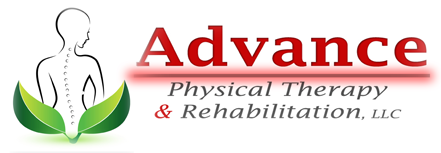
Lumbar Spinal Stenosis – Spinal Cord Narrowing
What is lumbar spinal stenosis?
Spinal stenosis is a condition that occurs when the internal spaces within your spine narrow. This narrowing puts pressure on the nerves that travel through your spine, and it can produce symptoms such as pain, numbness, and tingling. The symptoms of spinal stenosis generally get worse over time, and this condition occurs most frequently in the neck (which is referred to as cervical stenosis) and the lower back (which is referred to as lumbar stenosis).
What causes lumbar spinal stenosis?
Lumbar spinal stenosis is most commonly a co-morbid condition of osteoarthritis. As osteoarthritis causes the cartilage in your spine to break down, bone spurs and other degenerative changes may appear on your vertebrae that constrict the spinal nerve passage. In addition, the facet joints in your spine, which support your vertebrae, tend to expand as you get older, which can impinge on the spinal nerve. While lumbar spinal stenosis almost always occurs in older people, this condition can also present itself in young people who have scoliosis or sustain spinal injuries.
What are the symptoms of lumbar spinal stenosis?
Spinal stenosis symptoms include leg pain with standing and walking, pain with extending the spine backwards. Pain decreases with leaning forward and laying down. Other symptoms include numbness and weakness in the buttock, legs and feet, low back pain and stiffness.
How is lumbar spinal stenosis diagnosed?
This condition is diagnosed in the course of a physical exam, which may also include questions about your symptoms and pain levels. To confirm that you have lumbar spinal stenosis, your doctor will usually also refer you for an X-ray, MRI scan, or CT scan.
How is lumbar spinal stenosis treated?
Prescription medications such as opioids, anti-depressants, and anti-seizure drugs can combat some of the symptoms of lumbar spinal stenosis, and losing weight or observing an anti-inflammatory diet can also reduce the symptoms of this condition. Surgery may also be called for in some circumstances, but physical therapy may be able to reverse your stenosis by increasing your strength and flexibility. Our highly skilled physical therapists at Advance Physical Therapy & Rehabilitation provide treatments that include electrical stimulation, ultrasound, moist heat therapy, manual therapy, massage, stretching, strengthening exercises. We also provide patient education on self care, activity modification, home safety, postural and body mechanics training.


